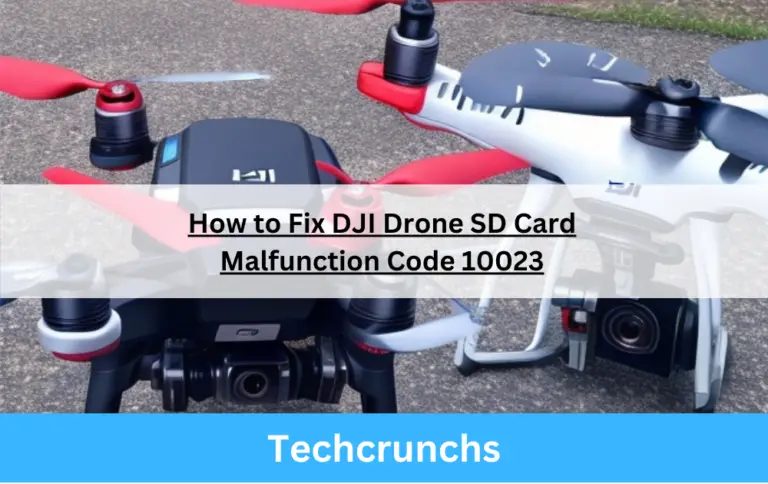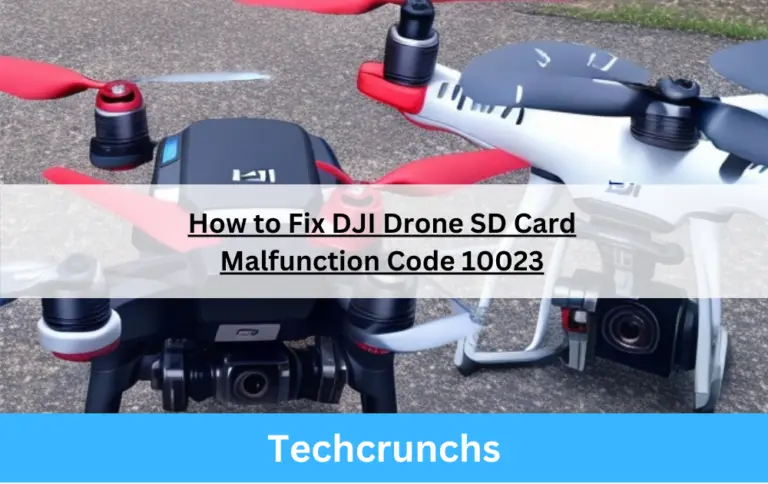What temperature should you not fly a drone
Drones have transformed the way we capture aerial images, offering a unique perspective for both recreational and professional purposes. However, like any piece of technology, drones are sensitive to the environment they operate in, and temperature is a key factor in their performance. In this guide, we will explore why temperature is important for drone flying, discuss the ideal temperature range for drone operations, and examine how extreme temperatures can affect drone performance. We will also provide some tips for flying in extreme temperatures and discuss strategies for managing batteries in different temperature conditions. By understanding these factors, drone pilots can ensure that their drones remain in prime working condition, reducing the chances of malfunctions and accidents.
Why Temperature Matters for Drone Flying
Performance and Efficiency
Temperature has a direct impact on a drone’s performance and efficiency. Generally speaking, drones are engineered to function optimally within a certain temperature range. Operating a drone outside of this range can lead to negative effects on its flight capabilities, decreased battery life, and a higher likelihood of component failure.
Battery Life and Voltage
Drone batteries, particularly Lithium Polymer (LiPo) batteries, are sensitive to temperature fluctuations. Their performance and capacity can diminish in extreme temperatures, resulting in shorter flight times and potential voltage drops, which may cause the drone to lose power mid-flight.
Electronic and Mechanical Components
Drones contain a variety of electronic and mechanical components that can be negatively affected by extreme temperatures. Cold temperatures can cause components to become brittle, while hot temperatures can result in overheating and reduced efficiency. Both situations can lead to malfunctions and potential damage to the drone.
The Ideal Temperature Range for Drone Operations
The majority of consumer and professional drones are designed to function within a specific temperature range, usually between 32°F (0°C) and 104°F (40°C). This range ensures optimal performance, battery life, and overall stability during flight. It’s important to consult your drone’s user manual for its specific recommended temperature range and follow these guidelines to maintain your drone’s longevity and reliability.
Effects of Cold Temperature on Drones
Reduced Battery Performance
Cold temperatures can have a significant impact on a drone’s battery performance, resulting in reduced flight times and capacity. LiPo batteries are particularly sensitive to cold temperatures, and their voltage output can drop, causing sudden power loss and potential crashes.
Brittle Components
Plastic and metal components can become brittle in cold temperatures, making them more prone to cracks and breakage. This can lead to increased wear and tear on your drone and may require more frequent maintenance or replacement of parts.
Lubricant Viscosity
The lubricants used in a drone’s moving parts, such as motors and gimbals, can become thicker in cold temperatures. This increased viscosity can reduce the efficiency of these components and may cause them to wear out more quickly.
Effects of Hot Temperature on Drones
Overheating
Hot temperatures can cause a drone’s electronic components, such as the ESC (Electronic Speed Controller) and motors, to overheat. Overheating can lead to reduced performance, and in extreme cases, it can cause irreversible damage to the drone.
Thermal Throttling
To prevent overheating, some drones have built-in thermal throttling mechanisms that reduce performance when temperatures exceed a certain threshold. While this can help protect the drone, it can also result in reduced flight capabilities and shortened flight times.
Battery Degradation
Exposure to high temperatures can degrade a drone’s battery over time, reducing its overall capacity and lifespan. It is essential to store and charge drone batteries in a cool and dry environment to maintain their performance and longevity.
Precautions for Flying in Extreme Temperatures
Monitor Weather Conditions
Before flying your drone, check the local weather conditions, including temperature, humidity, and wind speed. Ensure that the temperature falls within your drone’s recommended operating range and avoid flying in extreme conditions.
Gradual Temperature Adjustment
If you must fly your drone in extreme temperatures, allow it to gradually adjust to the temperature change before taking off. This can help minimize the stress on the drone’s components and reduce the risk of malfunctions.
Inspect Your Drone
Before and after each flight, inspect your drone for any signs of damage or wear caused by temperature fluctuations. Pay special attention to the battery, motors, and other critical components.
Battery Management in Different Temperature Conditions
Cold Temperatures
- Pre-warm the battery before use: Store the battery in a warm environment or use a battery heater to bring it up to its optimal operating temperature.
- Monitor battery voltage during flight: Keep an eye on the battery’s voltage to ensure it remains within the safe operating range, and land your drone if the voltage drops too low.
- Avoid high discharge rates: Reduce aggressive flying maneuvers to minimize the stress on the battery and prevent sudden voltage drops.
Hot Temperatures
- Store and charge batteries in a cool environment: Keep batteries away from direct sunlight and heat sources, and charge them in a well-ventilated area.
- Allow thebattery to cool down before charging: After a flight, let the battery cool to room temperature before connecting it to a charger.
- Monitor battery temperature during flight: Keep an eye on the battery’s temperature to ensure it doesn’t overheat, and land your drone if the temperature gets too high.
Conclusion
Understanding the importance of temperature in drone operations is crucial for maintaining optimal performance, battery life, and the overall longevity of your drone. By following the recommended temperature range for your specific drone, taking precautions when flying in extreme temperatures, and managing your drone’s battery in different temperature conditions, you can minimize the risk of malfunctions and accidents while enjoying the unique perspectives that drone flying has to offer. Always consult your drone’s user manual for specific guidelines and recommendations, and be prepared to adapt your flying habits to ensure your drone remains in prime working condition regardless of the weather.






